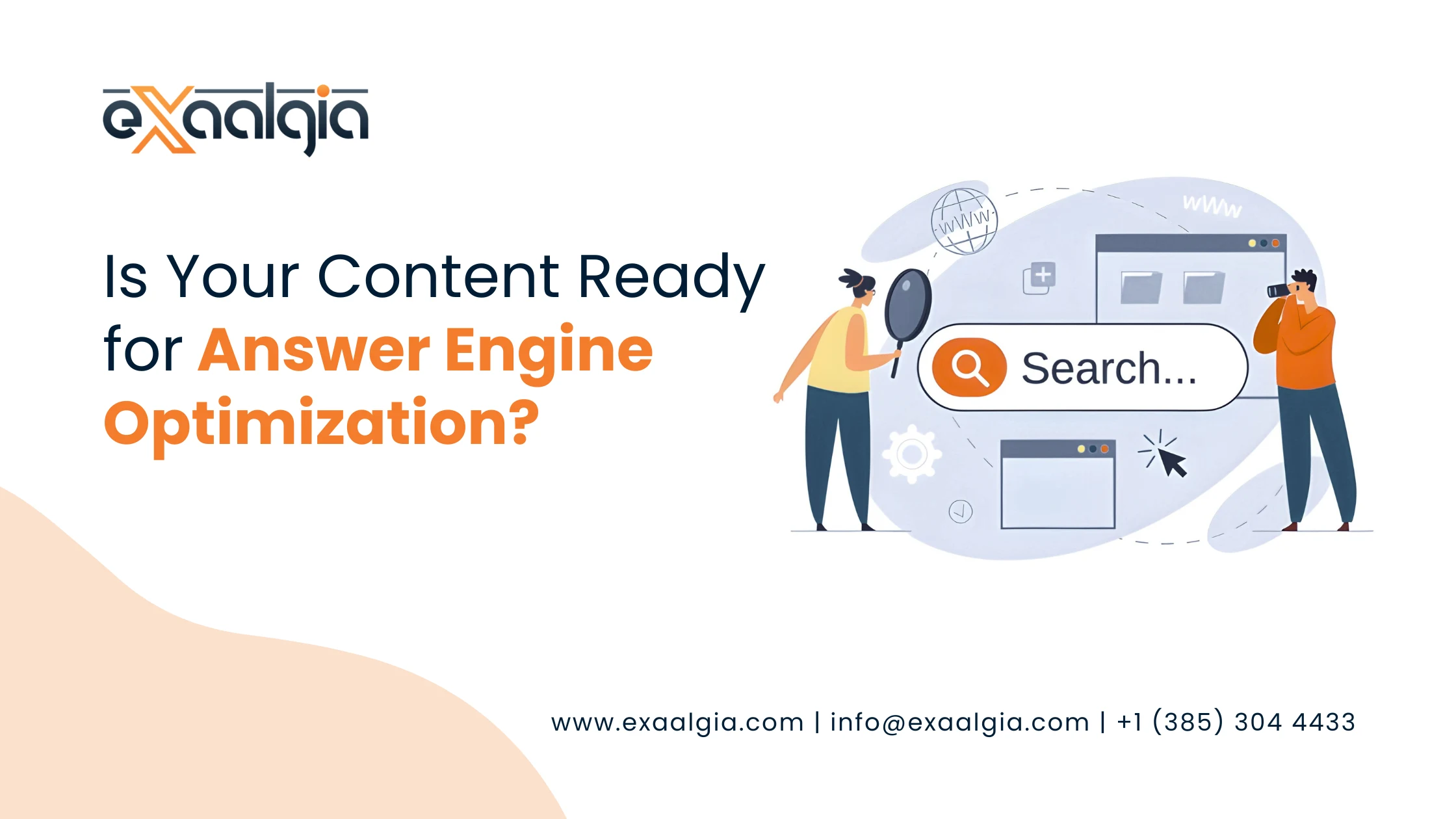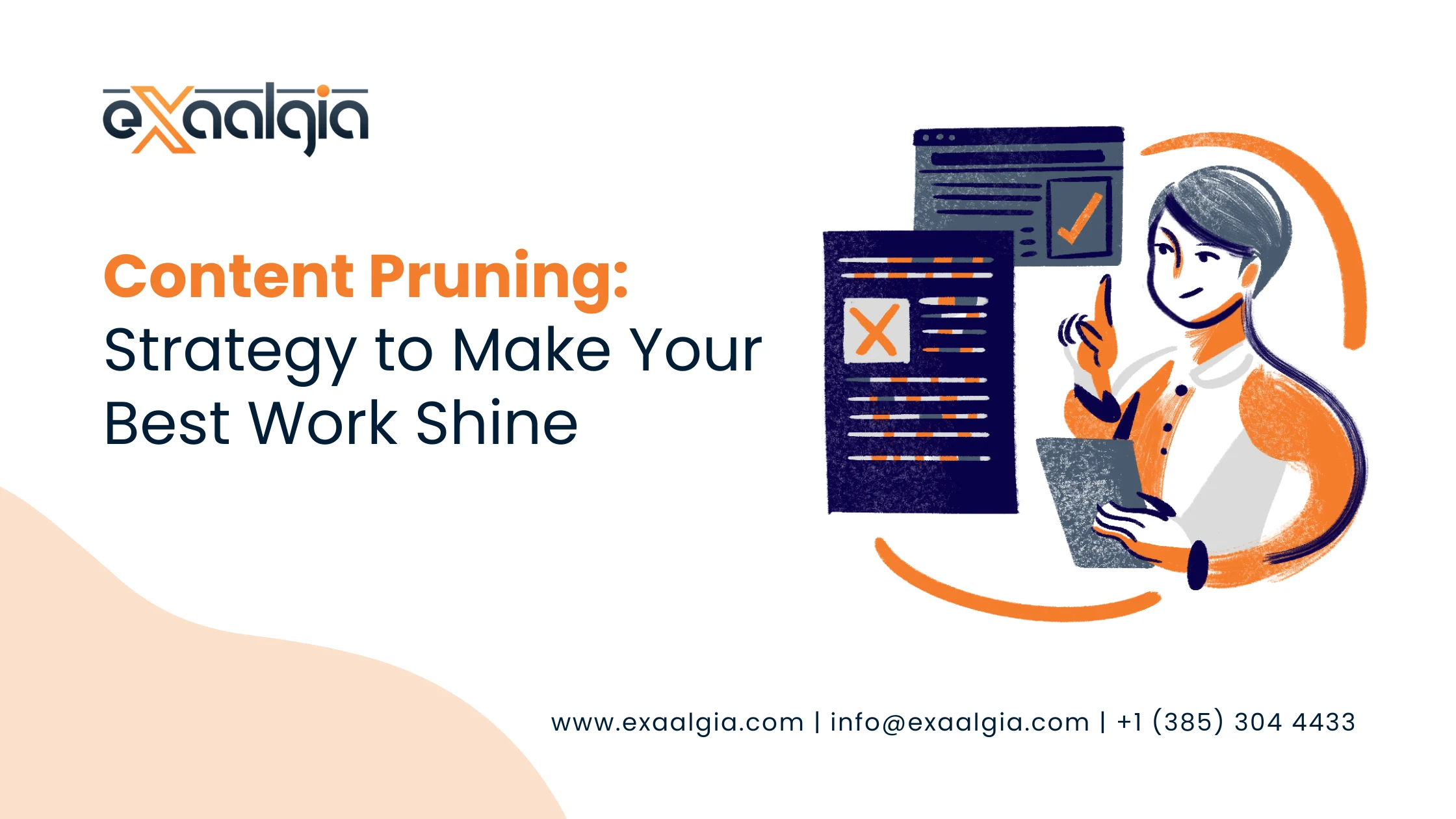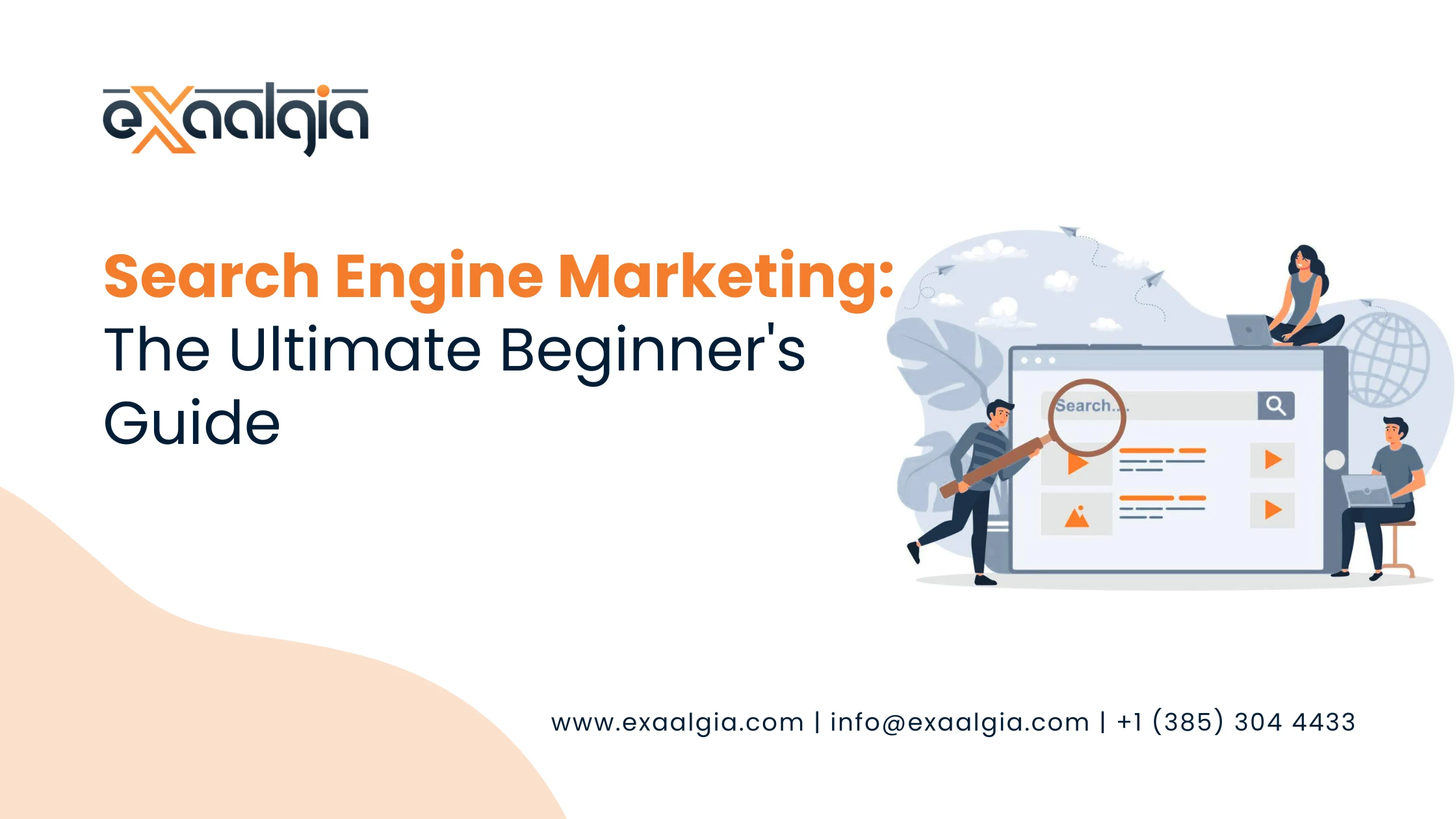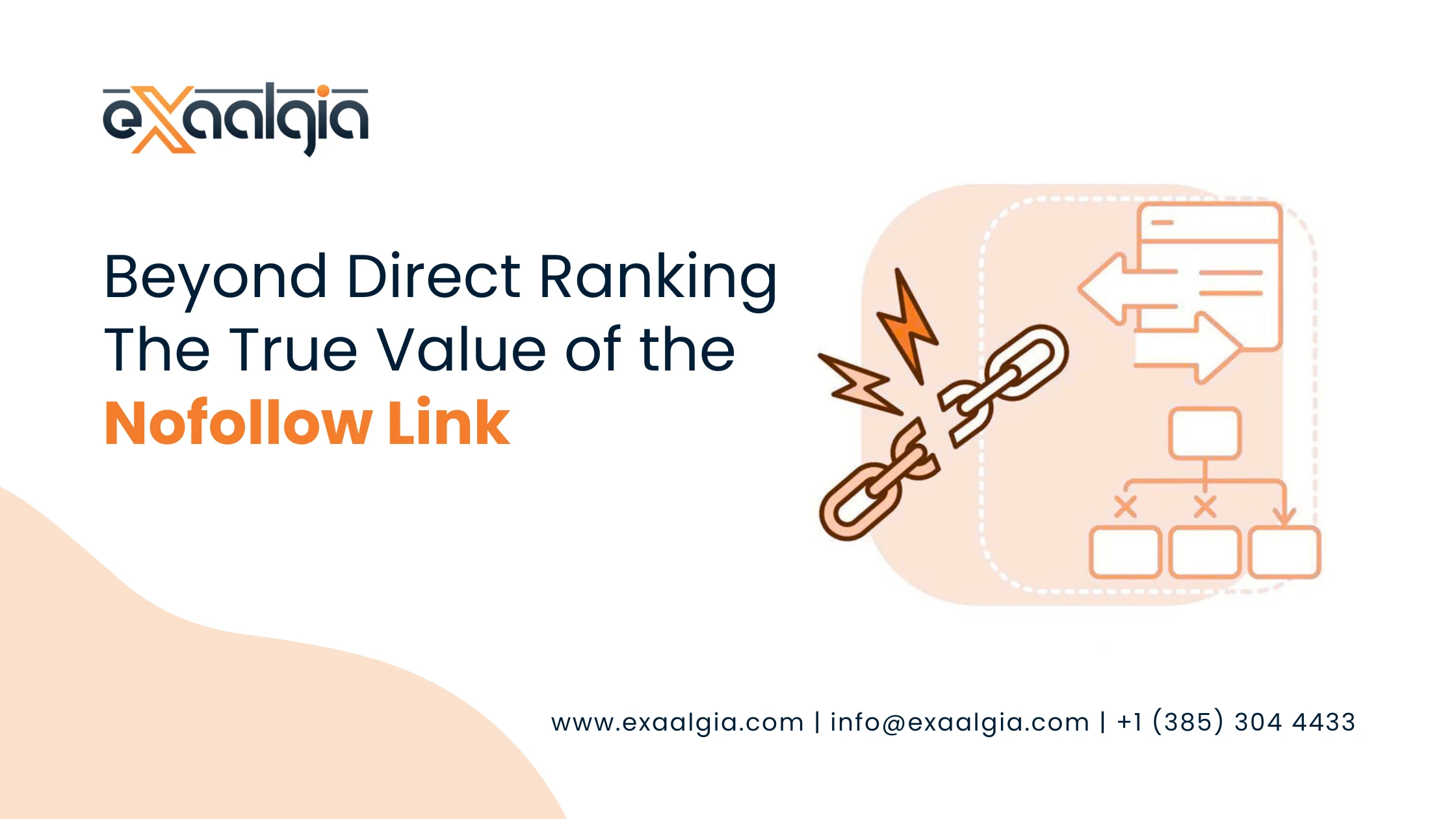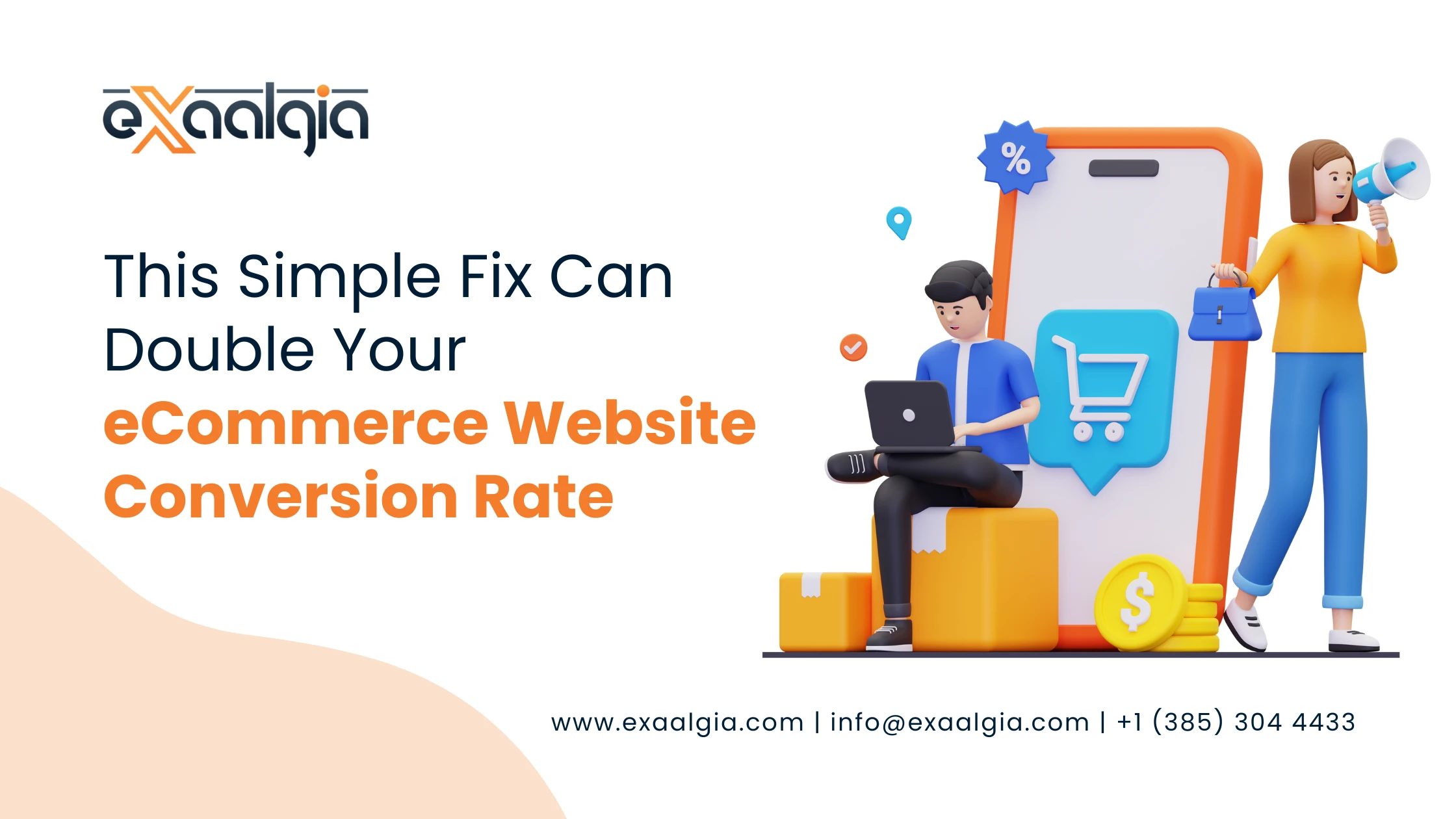However, a different front has opened up where the user is frequently provided with the answer without having to click on your link at all. You are now in the age of answer engine optimization (AEO).
AEO is not just a glamorous and new buzzword, it is a change of the concept in content creation and visibility. As large language models (LLMs) such as Google’s AI overviews, ChatGPT, and Perplexity turn out to be the main sources of information, the target becomes not only ranking but also inclusion among the quoted sources in the AI’s direct answer.
In case your content is not AEO optimized, you are likely to be hidden in the zero-click searches that now overwhelms a big part of online search and the risk you take is that of being invisible. This detailed guide will clear up what exactly AEO is, why it is of utmost importance and will offer a professional and actionable strategy to make your brand the go-to source of the answer.
What Exactly is Answer Engine Optimization (AEO)?
Answer engine optimization (AEO) is the strategic process of structuring and publishing content so that AI systems, the new “answer engines”, can easily find, understand, and cite your brand or website as the authoritative source in their direct, summarized responses.
Think of it as the evolution of traditional SEO. While SEO focuses on driving clicks by ranking a link, AEO focuses on gaining citations and brand mentions within the AI-generated answer itself, even if the user never visits your page.
The Core Difference: SEO vs. AEO
| Aspect | Traditional SEO | Answer Engine Optimization (AEO) |
| Primary Goal | Achieve high rank (P1) and drive clicks to the website. | Be the cited source in AI Overviews/LLM answers, achieve visibility. |
| Focus Metric | Organic Traffic, Click-Through Rate (CTR). | Brand Mentions, Direct Citations, Inclusion in AI Summaries. |
| User Intent | Keywords (short and long-tail). | Conversational, question-based queries and complex prompts. |
| Key Output | A blue link on a ranked list. | A concise, factual summary answer (zero-click). |
AEO does not supplant SEO, rather it renders it more effective. The very first layer in SEO has to be very strong because most of the time the AI models would crawl and reference the most authoritative and ranked pages. Nevertheless, the very pattern and format now must be “AI-ready”.
Reasons why AEO is a Business Critical Strategy Now
Delaying AEO is similar to delaying mobile optimization 10 years back, it is such a blunder that will take away your visibility and authority. Below, we discuss the main reasons that AEO is a business necessity today:
- The Rise of Zero-Click Search: Studies have indicated that the majority of Google’s searches, which are quite substantial and growing, do not lead to a click on a regular link. The answer is right there on the SERP, often in the form of an AI summary. If you are not in the answer, you are invisible.
- The Ascendancy of Conversational AI: Millions of people use ChatGPT, Gemini, and voice assistants (like Siri and Alexa) to gather information. These tools depend on the web content that is well structured and has authority in order to develop their answers. AEO is the pathway through which your content becomes part of their knowledge base.
- Establishing Brand Authority (The New Link): Being cited or mentioned by an AI in an answer has a very high trust signal. This not only makes your company an expert on the subject but also increases your E-E-A-T (Experience, Expertise, Authoritativeness, Trustworthiness) which is a lot. Such a situation, i.e. being referenced in AI’s responses, is the modern, precious “link” that is technology-driven.
- Securing Your Visibility in the Future: Search technology that relies on direct answers will continue to grow. If your content is optimized for AEO, that will make it stay relevant and findable in the future rounds of AI-powered search tech development.
The Professional AEO Action Plan: 7 Core Strategies
The change towards AEO needs a very well thought-out plan regarding content creation. It’s not only about the message but the way you present the answer. Below is a very professional and practical framework for mastering AEO.
1. Give Priority to Keyword Research Based on Questions
Stop with the optimization for transactional or informational keywords only. Go for the questions your audience is asking, usually in the form of conversational and long tail keywords, start your optimization here.
Extract “People Also Ask” (PAA) Boxes: People Also Ask questions are simply gold for AEO. They indicate the immediate follow up questions users are posing and the particular answers Google is attempting to reveal.
Evaluate AI Platform Outputs: Put a question concerning your niche to ChatGPT or Perplexity. Check which sources they are quoting. This gives a direct, reverse engineered glimpse of what the AI considers “authoritative” and “answer-ready”.
Direct towards Conversational Queries: Pick the phrases that begin with “Who, What, Where, When, Why, How.” These are the most important ones in voice and AI searches.
2. Structure Content for Direct Answer Extraction
The most significant factor of AEO is the format of your content, which enables an AI to quickly and confidently pull a concise, factual answer.
The FLIP Technique (Front-Load the Answer): For each main question (your H2 heading, for example), give an immediate direct single-paragraph answer underneath. This summary should be concise (up to 60 words). This paragraph is meant for featured snippets and AI overviews.
Use Descriptive, Question-Format Headings (H2/H3): Headings should completely match user intent. Rather than “AEO basics,” better say “What is answer engine optimization (AEO)?”
Leverage Lists and Tables:
- Numbered Lists are excellent for step-by-step processes (“How to…”) or rankings.
- Bulleted lists are perfect for comparing features, benefits, or dissecting components.
- Tables are vital for presenting clear, comparative data (prices, specifications, pros/cons).
3. Implement Robust Schema Markup
Schema.org structured data is the language used to communicate the precise meaning of your content to search engines and AI models. It is unavoidable for AEO.
FAQPage Schema: This should be applied to every segment that is composed of question and answer pairs. It denotes such content that is of high-value, and direct answer content.
HowTo Schema: Very important for educational material and also for guides that break a process into steps, as it allows AI to easily summarize a process.
Article/BlogPosting Schema: Make sure that your core content is marked distinctly as a professional article, specifying the author, publication date, and the main concepts.
4. Build E-E-A-T (Experience, Expertise, Authoritativeness, Trustworthiness)
In AEO, AI models are trained to favor content that comes from sources with E-E-A-T of the highest level. Hence, a content strategy that is centered on true authority is the requirement of AEO.
Cite Original Data and Studies: Reference to internal, proprietary data, case studies, or original research makes a content very acceptable hence giving it the property of being unique and verifiable.
Showcase Author Expertise: Make sure to introduce the author well with a professional bio that indicates their credentials, social media, and other authoritative publications. An AI is less likely to accord any significance to an anonymous source.
Verify All Claims: Cite trustworthy, high-authority sources (scientific journals, established news outlets, government sites) to your facts and statistics. This not only enhances the credibility of your content but also increases the trustworthiness significantly.
5. Master the Conversational Tone
AEO content must have the dual character of being professional and highly accessible. The voice assistant may read the final output, or it might be a simple AI chatbot window.
Define Concepts Clearly: At the beginning of the new sections, define clearly the key concepts and jargon you are about to talk about. Don’t presume the reader (or the AI) knows everything.
Use Natural Language: Write as you would normally speak. Do not use complicated sentence constructions. Connecting phrases such as “for example,” “in contrast,” and “as a result” help the AI to understand the connection between different paragraphs and ideas.
6. Go Multi-Platform and Earn Co-Citations
AEO is not limited to your website. AI models extract information from a wide ranging network.
Optimize Off-Site Profiles: Smooth out the brand’s footprint on social media (LinkedIn, X, etc.) and industry specific platforms and make it uniform, including the basic business info.
Build Mentions, Not Just Links: Actively look for ways to interact with other authoritative websites in your niche to have your brand or unique research mentioned. AI often uses these co-citations (mentions without a link) as a clear sign of authority.
Claim Local Listings: If you run a local business, make sure your Google business profile and local listings are completely optimized because local queries are a huge part of answer engine activity.
7. Monitor and Refine Your AEO Success
Performance evaluation of AEO demands a completely different set of metrics.
Track AI Citations: The final destination. Employ surveillance tools to discover dialogical inquiries, and keep a record of the occasions when your brand or website has been specifically mentioned in an AI overview or LLM reply.
Measure Featured Snippet Dominance: Winning featured snippets brings the content being the most proper for AI extraction and thus digging deeper.
Analyze Question Inventory Performance: Keep an eye on questions that have been answered and the performance of those answers in no-click results. Utilize this information to pinpoint content deficiencies and modify priorities.
The Future is Being the Answer
Change SEO to AEO is the turning point of the matured internet. People want immediate and clear cut answers, and AI is the means to provide them. The brands that will flourish are the ones that adapt to this transformation, giving up the outdated clicks chasing method, and moving to the sophisticated strategy of becoming the unquestioned truth source.
When you concentrate on user intention, organize for simplicity, and develop real authority, you not only protect your content from the rise of the answer engine but also make it flourish there. Do not merely rank, be the answer.
Frequently Asked Questions (FAQ) About AEO
This part gives brief and to the point answers to the most common questions about answer engine optimization, being very suitable for direct AI extraction and featured snippets.
Q1: In what way does AEO differ from classic SEO?
A: Classic SEO is all about making the content attractive for the search engine’s algorithms to get the link clicked by the user through the display on the search engine results page (SERP). In contrast, AEO makes the content attractive to become the cited source or direct answer in an AI-generated summary (such as Google’s AI overviews) or a chatbot response, which usually results in a zero-click visibility gain of the content involved.
Q2: Will AEO render SEO redundant?
A: No. AEO is a natural progression of SEO, not a swap of it. The solid SEO basis with all its components; technical health, fast loading speed, and link authority, is still the condition for an AI model to roam and cite content from a page that ranks well. AEO is the enabling technology that makes it possible for the content to be delivered in the way the AI prefers.
Q3: What is the most important factor for AEO victory?
A: The most important factor is the arrangement of contents. More precisely, giving short and to the point answers (40-60 words) immediately after the question based headlines (H2/H3s). The “front load the answer” method makes it very easy for the AI systems to extract and affirm the key information.
Q4: How significant is Schema Markup for AEO?
A: Schema Markup is highly significant. It functions like an interpreter, indicating to AI systems precisely what your content signifies. By using particular schemas like FAQPage, HowTo, and QAPage, you are directly letting the answer engine know that the content consists of valuable, extractable question and answer pairs, and this significantly boosts the chances of being referenced.
Q5: In the event that an AI answer cites me, will that be detrimental to my traffic?
A: Although site citation in a zero-click answer implies that the user might not visit the site for that particular information, still it brings along two significant advantages: brand authority and top of funnel visibility. The primary source in the citation ranks you as a trusted expert which may eventually lead to higher intent searches for your brand in future scenarios. On top of that, the citation typically comes with a backlink to your source which could still attract qualified traffic.

